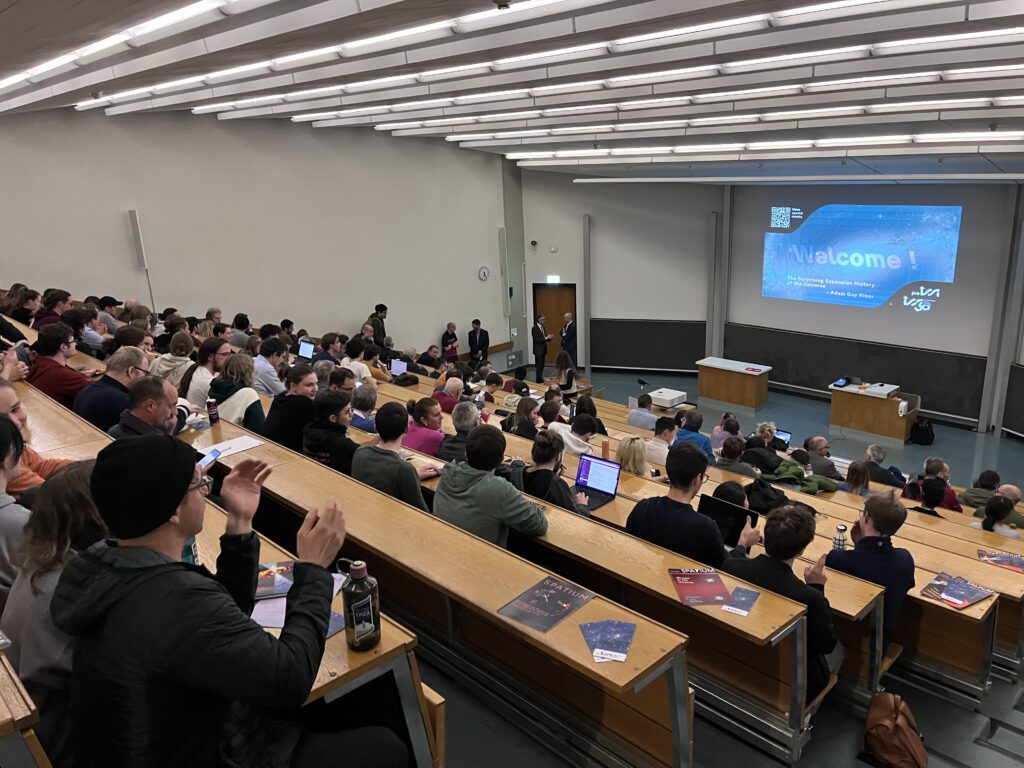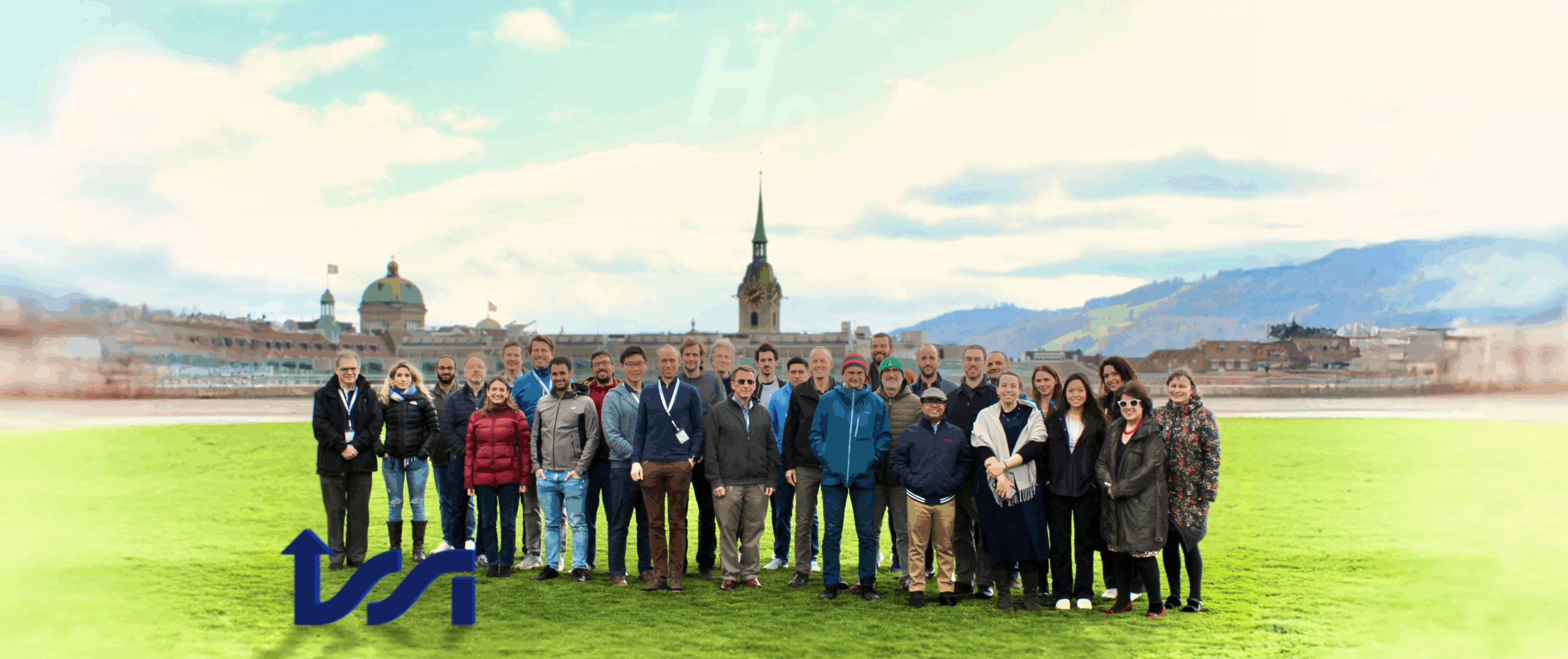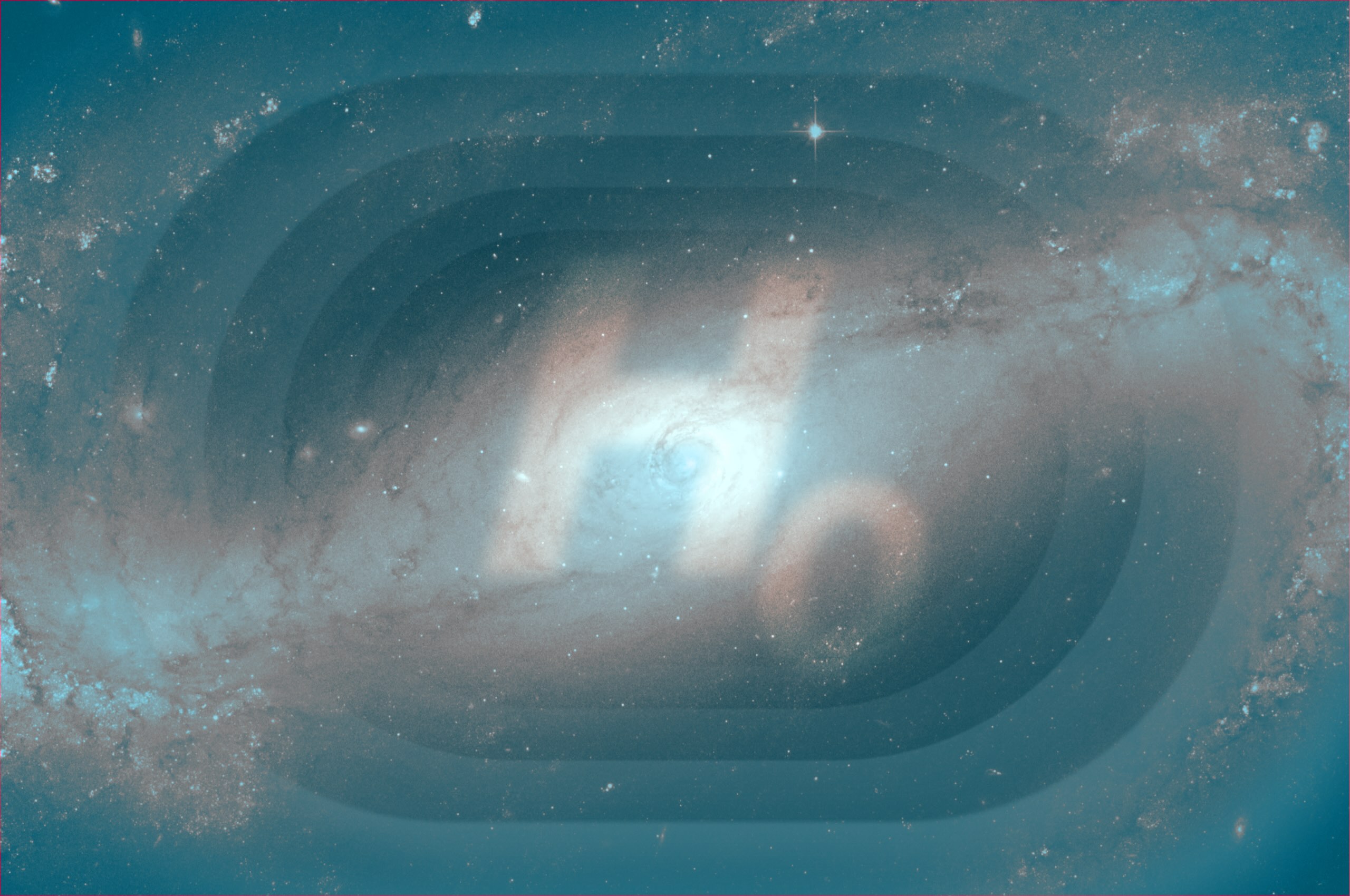Riess, whose groundbreaking work helped uncover the mysterious force known as Dark Energy, reflected on how his fascination with space began. “I liked physics and research“, he shared, “and I was inspired by the Voyager flyby past Neptune and the discovery of deep space”. That early spark led to a career at the forefront of modern cosmology.
While the broader issue of the so-called “Hubble tension”—the long-standing mismatch between expansion rates measured locally and those inferred from the early universe—remains a major challenge in cosmology, this workshop had a more focused mission: to reach consensus on the value of the Hubble constant (H₀) in the local universe. This is a crucial step that must precede any direct confrontation with the values derived from the Planck satellite and early-universe models.
To advance this goal, six independent research teams were invited to present and compare their approaches to measuring H₀ locally. Lively discussions centred on systematic uncertainties, methodological differences, and limitations—laying the groundwork for a clearer, more unified picture of the current expansion rate. The workshop’s collaborative spirit was a testament to the importance of community effort in science. A special thanks is due to Dr. Stefano Casertano, whose initiative and coordination were instrumental in bringing the ISSI Workshop to life.
At the public lecture, Riess captivated the audience with big questions: What is Dark Energy? Why is the universe expanding? Does it have a border? Is there a centre? His answers were clear and mind-opening for many: the Big Bang did not happen in one place—it happened everywhere. The universe does not have a traditional edge, but it does have a horizon—a boundary defined by time, not space.

“The Surprising Expansion History of the Universe” – Public ProISSI Lecture by Nobel Laureate Adam Riess. Photo by Fabio Crameri, ISSI
The week also featured thought-provoking contributions from other leading scientists. Prof. Licia Verde of the University of Barcelona, who co-convened and participated in the workshop, spoke in an ISSIcast video interview about the evolution of the universe, dark matter, and the cosmic distance ladder—a method central to measuring the expansion rate. Her engaging insights offer a deeper look at the workshop’s scientific themes and can be viewed here:
👉 Watch Licia Verde’s interview
Riess emphasised the value of communicating science: “It is critical to explain and spark curiosity amongst the public, but also amongst scientists”. This spirit was very much alive at ISSI, which he described as a “very creative place with supportive staff, and all resources needed to focus on science, and expand to new scientific boundaries.”
To get an impression of Adam Riess’s public lecture and explore other ISSI outreach events, visit:
👉 www.issibern.ch/outreach/special-events



